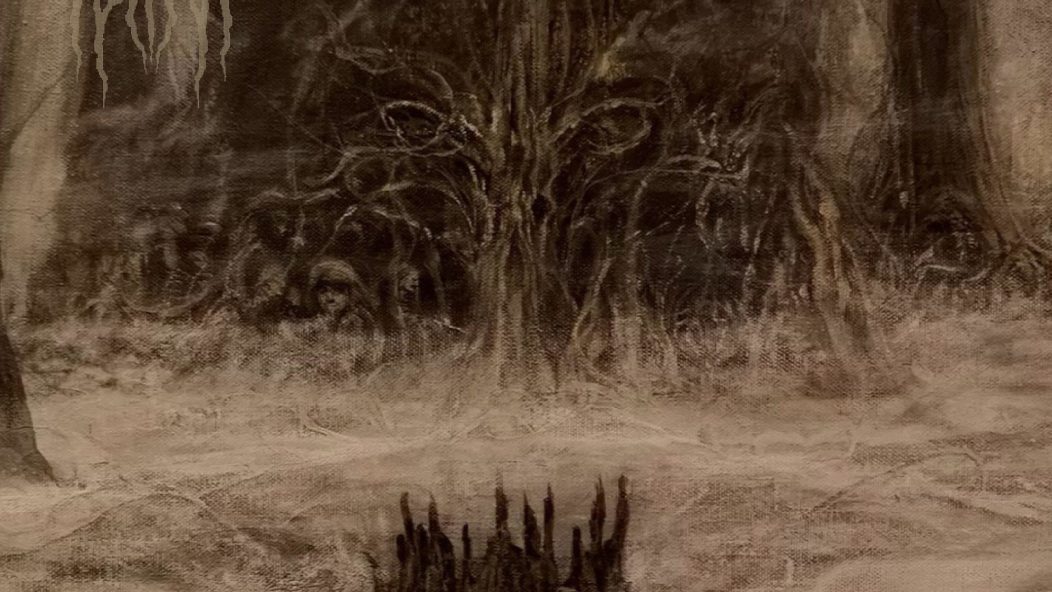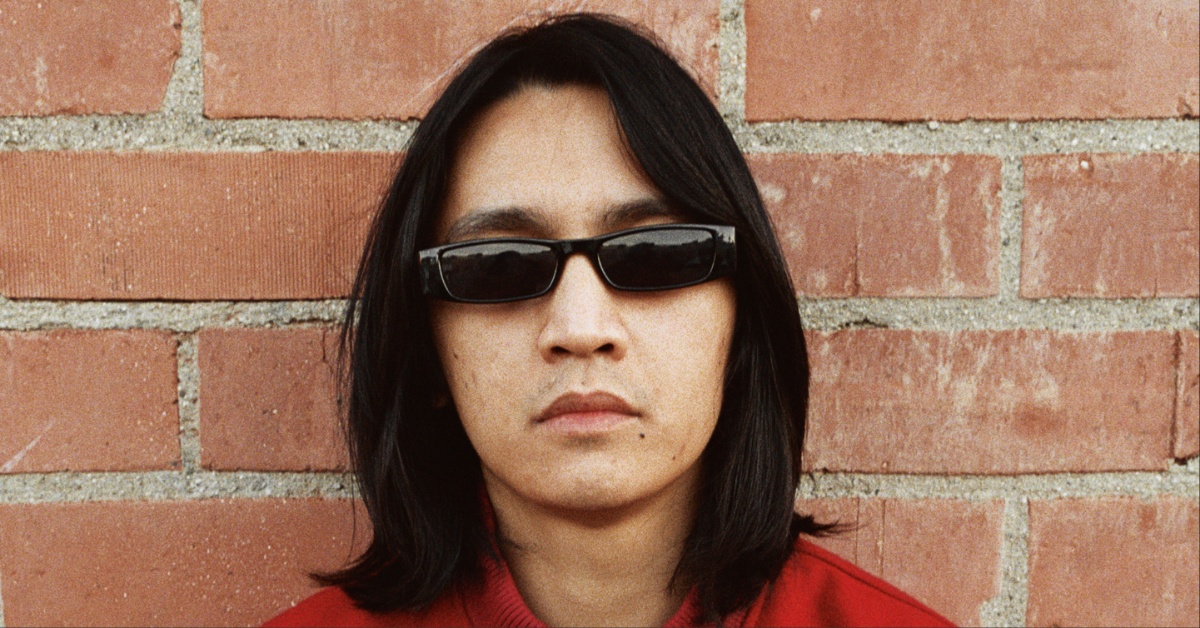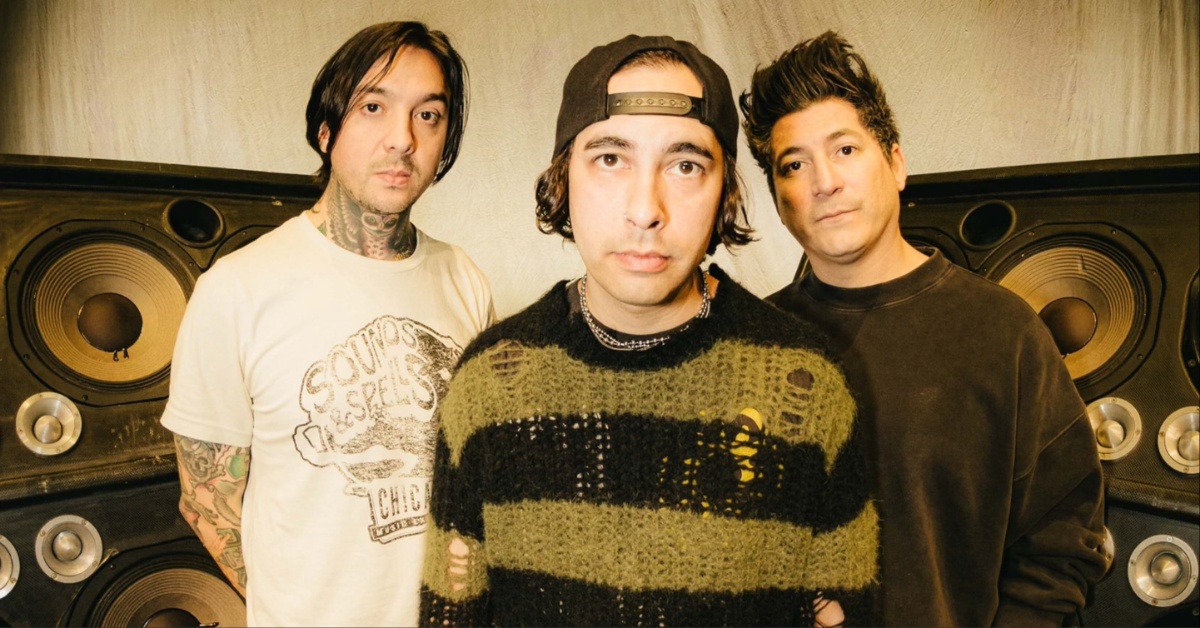
Vile Haint's "Ol' Hatchie Haint" Recounts Local Lore (Album Stream + Interview)
Putting black metal aside, musical locales are an interesting phenomenon. Each culture (which can be as small as a single village or as large as a single, political country entity) has its own take on music, and this is what creates diversity in music. Tennessee’s Vile Haint offers a musical and cultural dissection of varying tones, approaches, and lore associated with what was classically known as “The South” (South of the Mason-Dixon line and also West past the Appalachian mountains) and superimposes it onto a black metal skeleton.
Though Vile Haint’s outward musical Southern-ness isn’t as overt as their other project Primeval Well, their identity is more concretely placed in the conceptual sphere. Influenced by local legends and lore, the name “Vile Haint” referring to a sinister and evil ghost in a localized Southern dialect, this group of Tennesseeans celebrate the dark lore of the place they call home with a discordant and terrifying sound which fits these legends in a more modern, distinctly black metal sense. This is truly ghastly music befitting of their name; an old, sad ghost lingers among the cypress trees which line the creek — do not approach them. Listen to an exclusive pre-release stream of Vile Haint’s debut Ol’ Hatchie Haint and read an interview with guitarist Ryan Clackner below.
…
…
Though you explore American folklore — especially the South’s — in your other band Primeval Well, what aspects do you look to explore and express in this new project?
In short, west TN rather than Appalachia or the coastal regions. Think more flat open land, cotton fields, rivers and cypress trees everywhere.
What led you to dissect the Southern Gothic aesthetic with a second project?
We have a new label we’re developing called Moonlight Cypress Archetypes, and everything on it will be some sort of mixture of southern gothic, avant-garde music/free jazz and extreme metal. Vile Haint is actually only one of 7 bands that we’re working on and that’s just for this year.
Fusing lower Appalachian folk music and black metal isn’t immediately obvious aside from a popular exception. What challenges did you run into bringing folk music and a rawer take on black metal together?
The Appalachian influence is strong in Primeval Well but not in Vile Haint. The occasional twangy guitars are really a holdover from country guitar playing and also are a nod to bands like Sargeist that use clean tone tremolo picking in a manner that is oddly similar to older country guitar styles. The Europeans have been doing their folk metal thing forever, and it seemed clear that it should or at least could happen here as well, so I began exploring it and eventually made my way to the older folk source recordings and older country music which is all what we now call “raw”/”lofi” whatever, so it seemed absurdly obvious that it would make perfect sense in a raw black metal context. We also felt like doing a more dissonant approach in a raw setting would be a good path to explore in general.
What does Ol’ Hatchie Haint mean?
It basically means “Hatchie river ghost”; the Hatchie being near where our drummer grew up.
Vile Haint has an inherently haunted character, which isn’t too far from the Old South’s predilection for lore and old ghosts. How did you find yourselves incorporating these elements into the black metal skeleton during the Ol’ Hatchie Haint sessions?
We mainly used ghost stories that our drummer’s family talked about in his childhood as well as stories specific to his hometown. We also created original stories ourselves that seemed to fit within the general vibe such as “Rural Sorcery In Early America” and “Giving Wings to Puritanical Satan”.
Though Vile Haint playfully references folk melodies and instrumentation (slide guitar, especially), Ol’ Hatchie Haint dedicates much of its time to harmonic discord. How did you achieve this balance of classic and modern black metal tropes while maintaining an overt deference to local folk traditions?
We paid a lot of attention to the overall weight each part represents and by having a relatively clear idea of where it was all going beforehand. In other words, we wanted the dissonance to represent a certain hysteria while the more traditional black metal parts anchor it all. The production and keys are intended to sound foggy and humid, a murk that you would find in a swampy river, with the occasional clean guitars or acoustic helping to solidify the vibe.
Vile Haint’s name itself refers to a hateful ghost, “haint” itself being an old southern word for spirit. As classical Southerners yourselves, what types of folk stories and local idiosyncrasies (like the title and band name) went into the Vile Haint project?
A haint in general is known more for being a nuisance rather than being truly evil or murderous, but this is, in essence, just taking it a step further to being a threatening and violent spirit living in a suffocatingly hot and humid environment.
With the band’s penchant for lore and dark history, what specifically led to you making Vile Haint a black metal project? Do you feel this type of music and the way you appended to it is a complete representation of what you set out to achieve?
The whole thing really started as a throwaway side project to mess with instead of Primeval Well, but we quickly realized that the first couple songs actually had a lot of potential, so we quickly wrote and recorded two full albums. That in turn, along with several other things such as the pandemic, helped officially spawn Moonlight Cypress Archetypes, so the songs were written, and then, once it came time to do the lyrics/vocals, we tapped the local lore, and the album concept basically presented itself to us; it really wasn’t planned out. And yes, we do feel that we achieved what we set out to with this album and the next. There are several more Vile Haint albums written already too that will be released over the next few years on Moonlight Cypress Archetypes along with the other bands that are either already in existence or being created as we speak.
…
Ol’ Hatchie Haint releases May 26th on Moonlight Cypress Archetypes.











